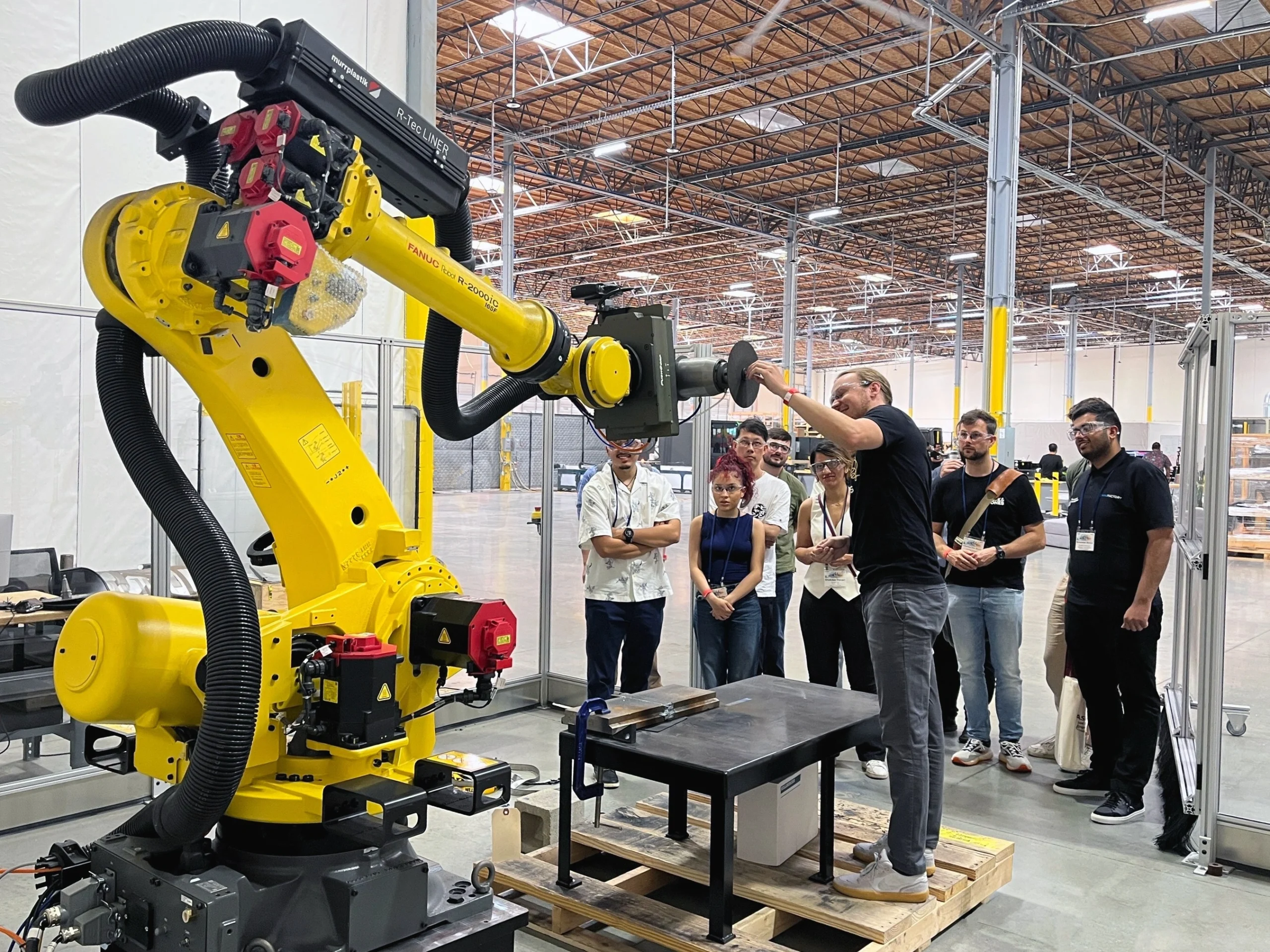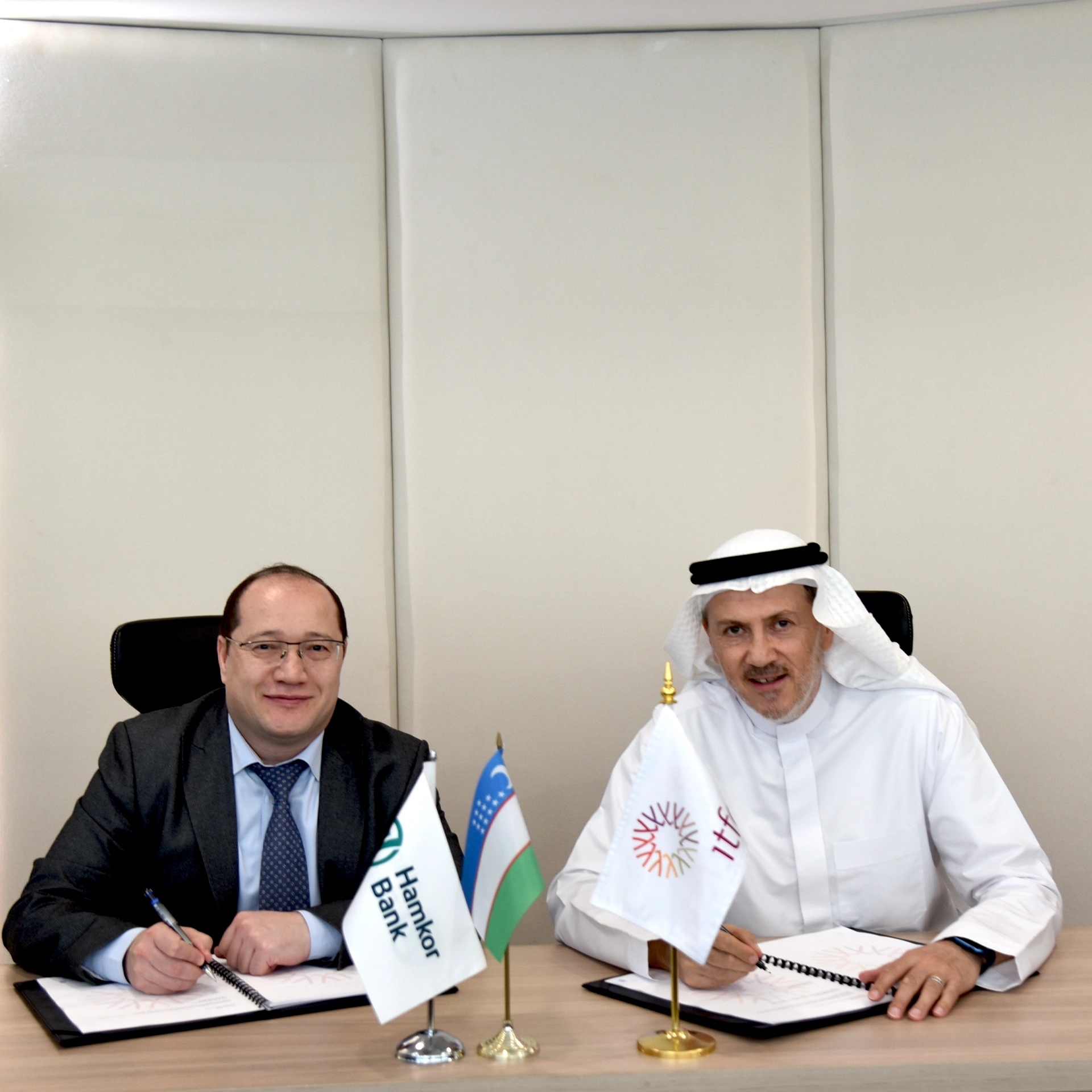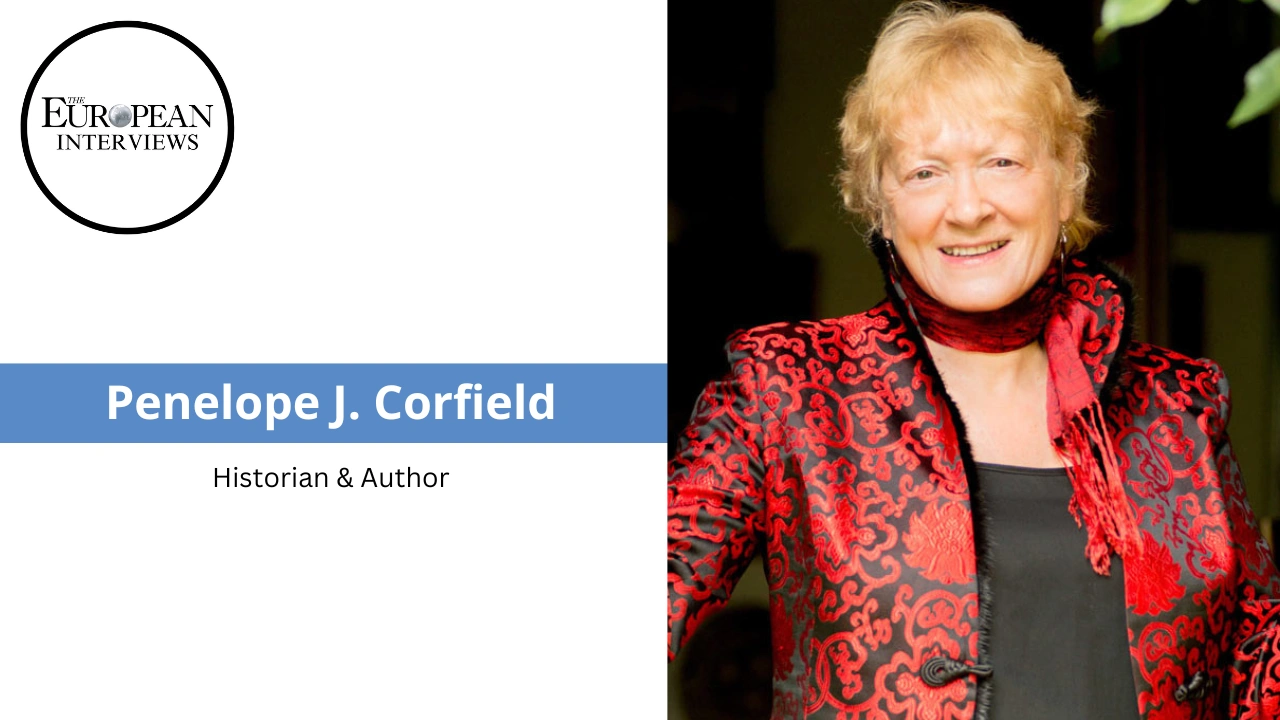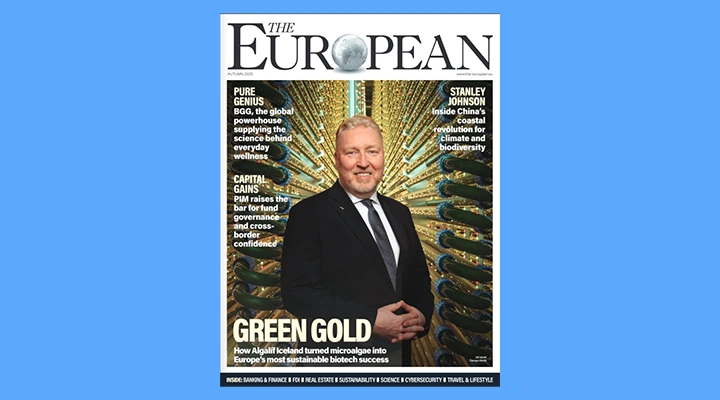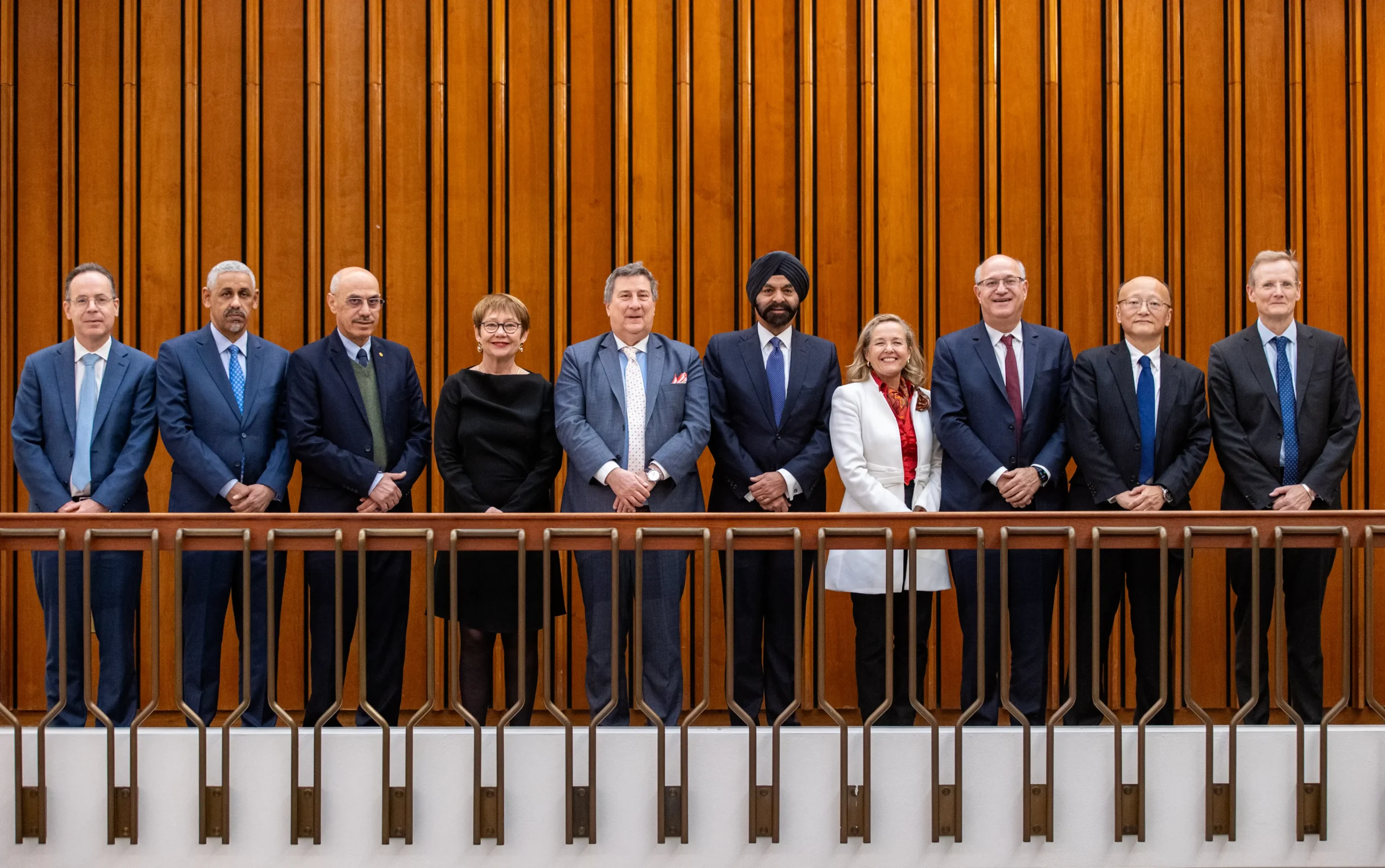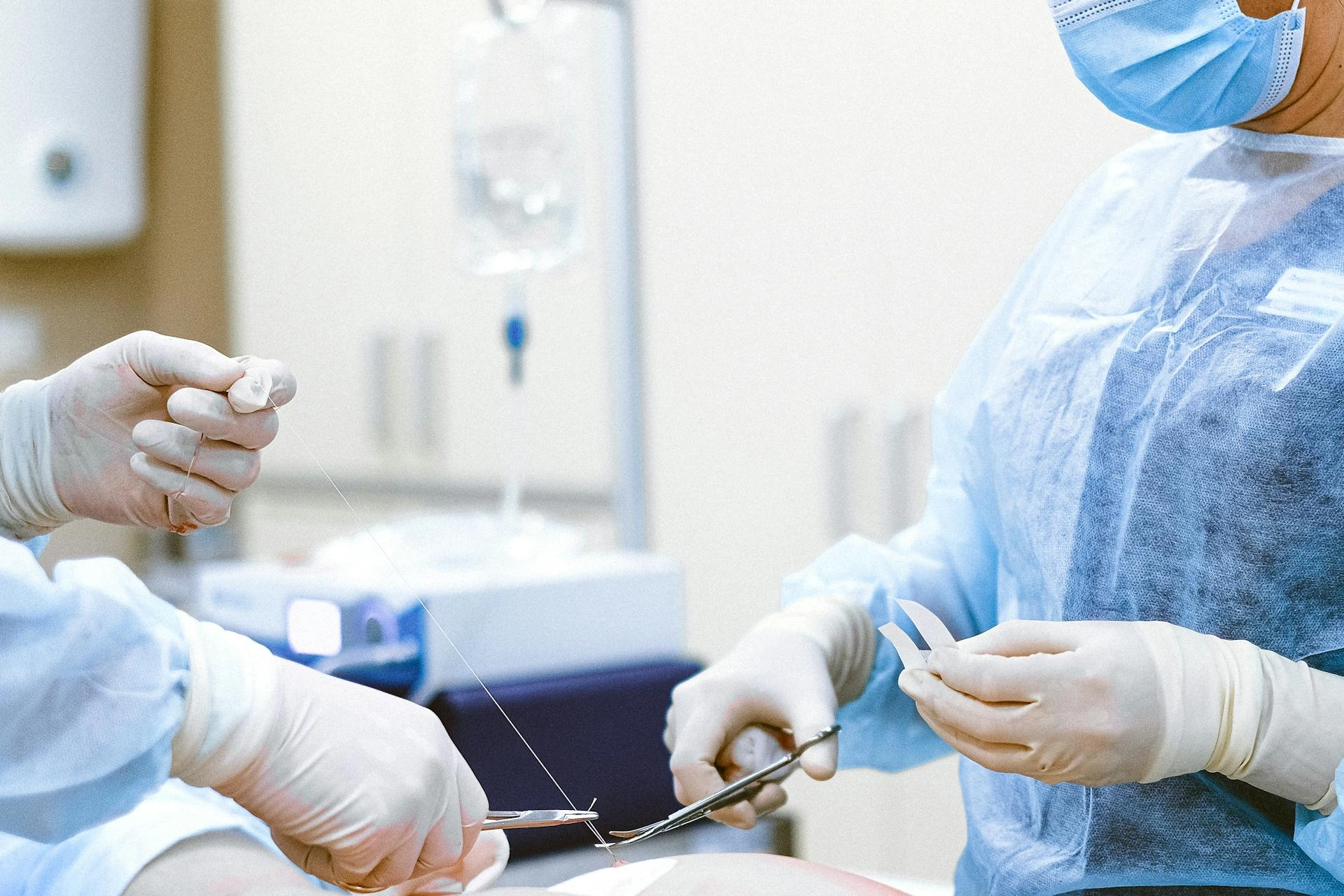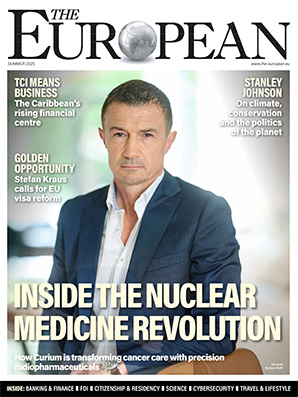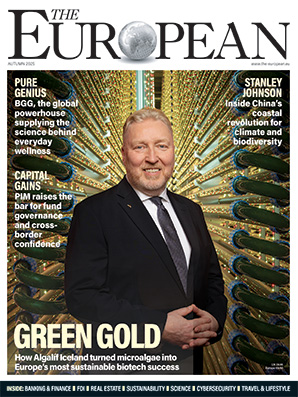At the vanguard of innovation

John E. Kaye
- Published
- Science

A conversation with Dr Massimo Radaelli, CEO of Noventia Pharma, and Napo Therapeutics
Noventia Pharma is a specialty pharmaceutical company based in Milan, Italy. Founded in 2009 and with operations in southern Europe, Noventia’s focus is the research, development, and marketing of orphan drugs – pharmaceuticals and biotech that are developed to treat certain rare medical conditions.
Massimo Radaelli is the Founder, President and CEO of Noventia Pharma, and also the CEO and Board Member of Napo Therapeutics. Both companies focus primarily on rare diseases, and each has been recognised by The European in its annual awards as ‘Biopharmaceutical Company & Innovator of the Year – Europe 2024’ with Dr Massimo Radaelli as ‘Best CEO of the Year 2024 – Biopharmaceutical Sector’. We caught up with Dr Radaelli to reflect on this recognition and to discuss the vital work of the companies he steers so successfully.
First of all, congratulations on the awards. What pleases you most about this recognition?
Massimo Radaelli:Thank you, and I am honoured to receive these three awards at European level, recognising my long and constant commitment to the research and development of orphan products for the care and therapy of patients with rare diseases. But above all I want to share these awards with my teams. With the men and women who work together every day and have the commitment, dedication and passion in developing new therapeutic solutions for patients affected by rare diseases.
Please expand on the activities of the two companies you manage – Noventia Pharma, and Napo Therapeutics.
MR:The two companies work in synergy across two well-identified therapeutic areas: the Central Nervous System (CNS) and Gastroenterology.
I founded Noventia Pharma in 2009, and from the beginning we have focused on rare diseases with a focal point on the CNS and Onco-Hematology. In the second therapeutic area we have developed a product registered at European level to treat adults with acute myeloid leukaemia (AML). Now, Noventia Pharma’s challenge is focusing on an ultra-rare disease: Lafora’s disease, which is a progressive debilitating neurological disease that suddenly appears in adolescence with a severe form of progressive myoclonic epilepsy intellectual decline, ataxia, spasticity, visual loss, and, in later stages, psychosis and dementia. Our other focus is on Pompe Disease, which is in the research and development phase.
The second company Napo Therapeutics has a specific focus on rare diseases of the gastrointestinal system and more precisely with a small molecule product for the treatment of Short Bowel Syndrome (SBS) and for an ultra-rare pathology known as Microvillous Inclusion Disease (MVID) – a genetic disease of the intestine that causes the inability to absorb nutrients, Metabolic Acidosis, Alkalose malnutrition and usually begins immediately after birth. The symptoms often become life-threatening, and for this disease there is currently no therapy.
Talk a little about the life sciences sector and its direction of travel.
MR: The life sciences sector is a fundamental pillar of the global economy and has a direct impact on the quality of life and wellbeing of society worldwide. It’s a sector that encompasses a wide range of industries, including biotechnology, pharmaceuticals, medical devices, and diagnostics. In recent years, innovation has accelerated at an unprecedented pace, thanks to advances in genomics, gene therapy, synthetic biology, and artificial intelligence.
These technologies are revolutionising the way we understand and treat diseases, improving the effectiveness of treatments and reducing the time it takes to develop new drugs. At the same time, the life sciences sector is called upon to respond to significant challenges, such as an aging population, the sustainability of healthcare systems and the need for equitable access to care globally.

How is tech innovation and in particular AI transforming pharmaceutical research?
MR: The pharmaceutical and biotech sectors are undergoing a significant transformation thanks to technological innovation, and more specifically, the adoption of AI. AI is transforming several aspects of the industry, revolutionising pharmaceutical R&D, and enabling the discovery of new drugs more efficiently and at lower costs. Advanced machine learning algorithms and linguistic models allow the analysis of large amounts of clinical data to identify new therapeutic targets.
In your opinion, which area of the biopharmaceutical industry should take priority for the greatest investment?
MR:Biopharmaceutical companies are investing in digital technologies to optimise the supply chain, from planning to sourcing, manufacturing, delivery and post-sales support. Digital transformation has become a strategic priority – and it should continue to be so – as it has the potential to improve R&D productivity. Through this investment, companies that are able to maximise the potential of AI will thrive in long-term, scaling innovation quicker and improving patient outcomes.
What are the key challenges and factors influencing Europe’s biopharmaceutical sector?
MR: The sector in Europe faces a complex landscape characterised by significant economic, geopolitical, and regulatory challenges. This context requires a strong capacity for agility and innovation in order to maintain competitiveness. The growing pressure on drug prices and the regulatory changes currently under discussion with the European Union will certainly influence the strategies of pharmaceutical companies. So, as I say, it requires a strong capacity for agility and innovation to maintain European competitiveness amid a new emerging landscape where China will feature prominently. European companies in the sector will therefore be called upon to improve their operational efficiency and optimise R&D costs.
What could really make a difference?
MR: For me, one of the cornerstones on which the development of the biopharmaceutical sector hinges is collaboration among stakeholders, i.e. researchers, patient advocacy groups, regulatory agencies, and the companies within which we work. This will all play a crucial role in driving future innovation and development. By combining resources, knowledge, and expertise, such collaborations have the power to accelerate progress in particular in the rare disease treatment, ultimately benefiting patients worldwide.
Please underline the importance of research in rare diseases, and also, explain why they are called orphan drugs.
MR:While individual rare diseases might impact a small fraction of the global population, they are collectively a public health priority. But there is increasing awareness about rare diseases and their diagnoses: over 7,000 have been identified, yielding a prevalence rate of 3.5%-5.9% and affecting around 260-440 million individuals worldwide, with the majority being children.
Despite their rarity, the burden of rare diseases on patients and their families is profound. Rare diseases often have a significant impact on patients’ quality of life, affecting their physical, mental, and social wellbeing.
An orphan drug is defined as a pharmaceutical agent developed specifically to treat rare diseases, so the rarity of these diseases often results in limited commercial viability for drug developers, hence the term “orphan” drugs.
There is also a huge unmet medical need with approximately 95% of rare diseases having no FDA and EMA approved treatment. How does this influence the landscape?
MR: Smaller biotechnology companies are often involved in the initial development of a drug molecule which may later be marketed/acquired by larger pharmaceutical companies. With the rise in cell and gene therapy assets/technology, the market for rare disease treatments is rapidly growing and becoming even more competitive.
In the last few years, there has been an increase in the number of orphan drug approvals by the FDA and EMA, especially in oncology, neurology, and hematology.

Please outline some of the exciting innovations and trend set to alter treatment of rare diseases.
MR: Innovation such as gene therapies, personalised medicines, and precision medicine approaches are gaining momentum in the field of rare disease treatment.
Gene therapies offer potential cures for rare genetic disorders by modifying or replacing faulty genes. Personalised medicines, on the other hand, aim to tailor treatments based on an individual patient’s genetic makeup, ensuring maximum efficacy and minimal adverse effects.
Additionally, the advent of precision medicine, taking into account various factors such as genetic, environmental, and lifestyle influences, holds great potential in advancing treatment options for rare diseases.
In conclusion, the rise of orphan drugs has revolutionised the treatment landscape for rare diseases, offering new hope and possibilities to individuals and families affected by these conditions.
What are the defining aspects of a biopharmaceutical CEO’s role in today’s landscape?
MR: The changes I mentioned previously require adapting the way we do business, and especially the way we govern companies. The idea of the CEO as the sole person in command is out of date. The new CEO, in addition to being a team player, must facilitate the interaction of their people. But, above all, must be very well prepared for the field on which they play.
A person who is capable of exploiting strategic partnerships and knows how to maintain operational agility, will be then able to better face the challenges of the future.
Our last question: in your opinion, in just three words, what qualities must a CEO possess?
MR: The three most important qualities of a CEO are emotional intelligence, compassion, and the ability to inspire greatness in his employees. These qualities are essential for engaging and retaining talented employees and helping those employees thrive in both their personal and professional lives. But I personally would add a fourth that is indispensable in business: an ethical outlook.

Sign up to The European Newsletter
RECENT ARTICLES
-
 Complex questions still need people, not machines, researchers find
Complex questions still need people, not machines, researchers find -
 Study links CEO political views to recognition of women inventors
Study links CEO political views to recognition of women inventors -
 GrayMatter Robotics opens 100,000-sq-ft AI robotics innovation centre in California
GrayMatter Robotics opens 100,000-sq-ft AI robotics innovation centre in California -
 UAE breaks ground on world’s first 24-hour renewable power plant
UAE breaks ground on world’s first 24-hour renewable power plant -
 WomenIN Festival 2025 unveils expanded programme in partnership with FNB
WomenIN Festival 2025 unveils expanded programme in partnership with FNB -
 ITFC extends $30m financing to Uzbekistan’s Hamkorbank
ITFC extends $30m financing to Uzbekistan’s Hamkorbank -
 New £2.5 million Rolls-Royce Phantom marks model’s centenary
New £2.5 million Rolls-Royce Phantom marks model’s centenary -
 UK faces surge in major cyber attacks, NCSC warns
UK faces surge in major cyber attacks, NCSC warns -
 Historian warns climate denial is causing “immense harm” as humanity nears a “major crunch point
Historian warns climate denial is causing “immense harm” as humanity nears a “major crunch point -
 The European Autumn 2025 edition out now
The European Autumn 2025 edition out now -
 Study finds creative storytelling boosts confidence and career prospects for young people
Study finds creative storytelling boosts confidence and career prospects for young people -
 Global development banks agree new priorities on finance, water security and private capital ahead of COP30
Global development banks agree new priorities on finance, water security and private capital ahead of COP30 -
 South African students develop tech concept to tackle hunger using AI and blockchain
South African students develop tech concept to tackle hunger using AI and blockchain -
 Global startup expo enters final day in Dubai as Expand North Star marks a decade of innovation
Global startup expo enters final day in Dubai as Expand North Star marks a decade of innovation -
 Bleisure boom turning Gen Z work travel into ‘life upgrade’
Bleisure boom turning Gen Z work travel into ‘life upgrade’ -
 Automation breakthrough reduces ambulance delays and saves NHS £800,000 a year
Automation breakthrough reduces ambulance delays and saves NHS £800,000 a year -
 AI found to make people 15% more likely to lie, study warns
AI found to make people 15% more likely to lie, study warns -
 Global aerospace composites market to triple by 2034 as demand for lighter, greener aircraft accelerates
Global aerospace composites market to triple by 2034 as demand for lighter, greener aircraft accelerates -
 ICIEC to host 15th AMAN Union Summit as Islamic finance eyes closer trade integration
ICIEC to host 15th AMAN Union Summit as Islamic finance eyes closer trade integration -
 Matching words and images helps charities raise more money, study finds
Matching words and images helps charities raise more money, study finds -
 UK to host African Development Fund summit as Africa pushes for food self-sufficiency
UK to host African Development Fund summit as Africa pushes for food self-sufficiency -
 Off the blocks: LEGO and Formula 1 reunite for documentary on viral Miami Grand Prix stunt
Off the blocks: LEGO and Formula 1 reunite for documentary on viral Miami Grand Prix stunt -
 Mergers and partnerships drive Africa’s mining boom – but experts warn on long-term resilience
Mergers and partnerships drive Africa’s mining boom – but experts warn on long-term resilience -
 New AI breakthrough promises to end ‘drift’ that costs the world trillions
New AI breakthrough promises to end ‘drift’ that costs the world trillions -
 Europe tightens grip on strategic space data as dependence on U.S tech comes under scrutiny
Europe tightens grip on strategic space data as dependence on U.S tech comes under scrutiny



